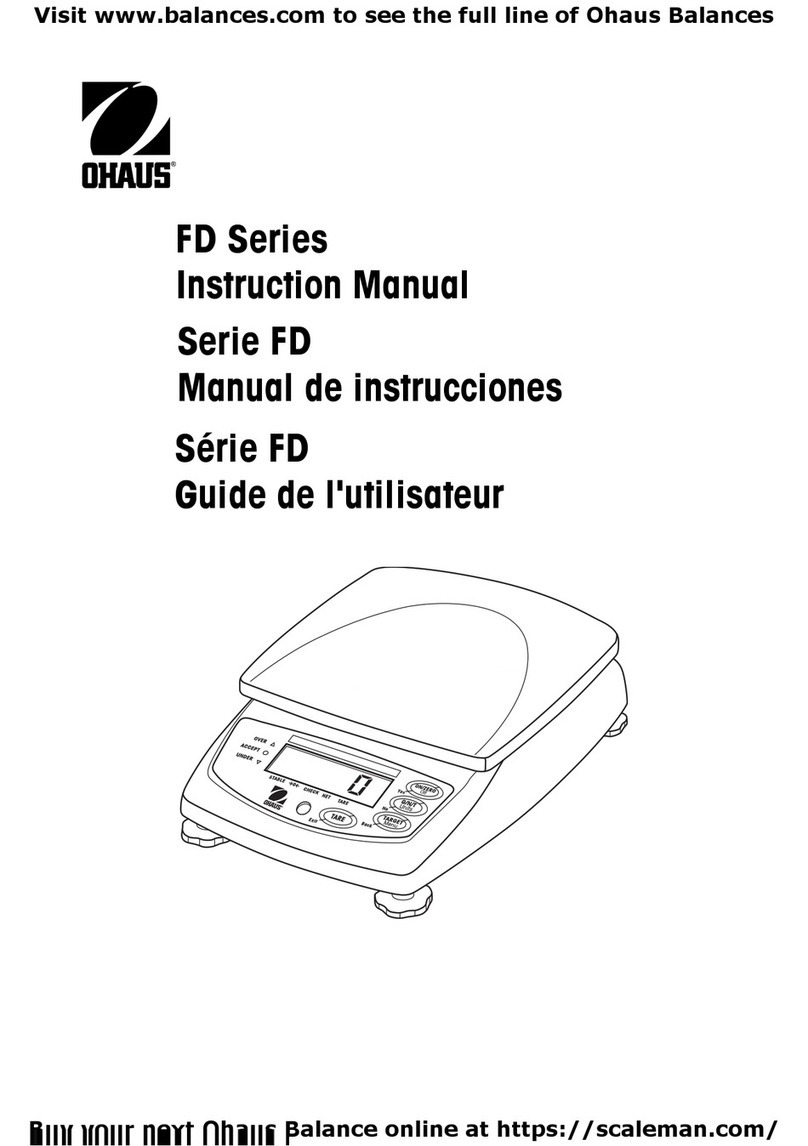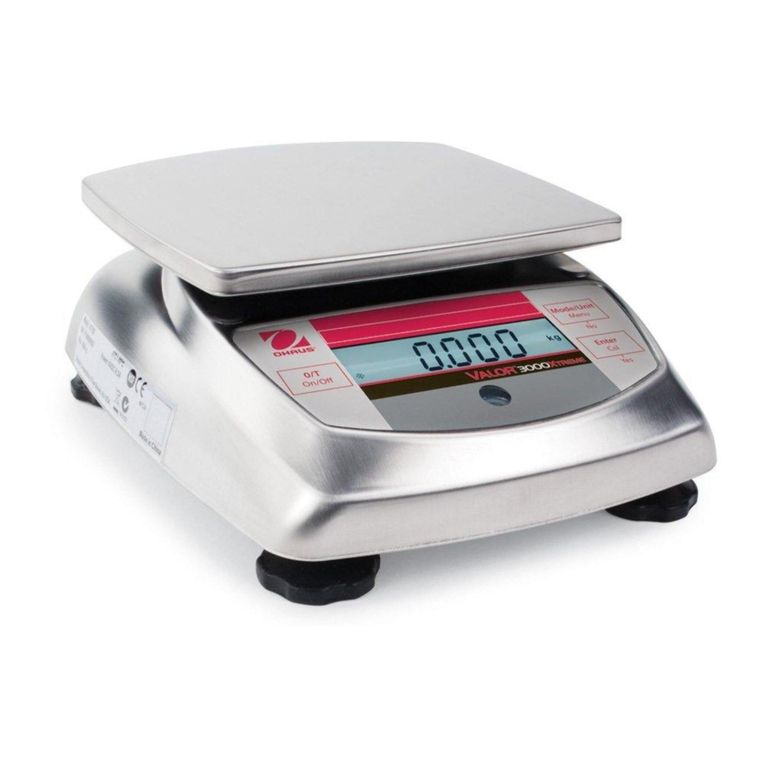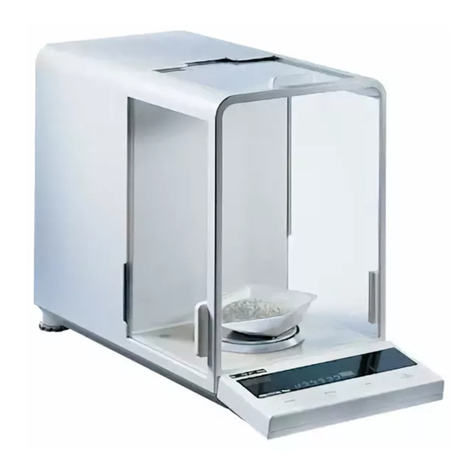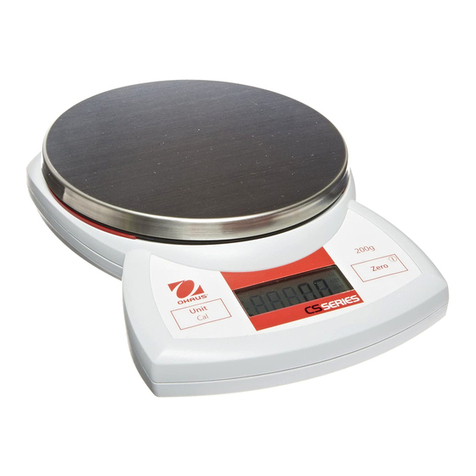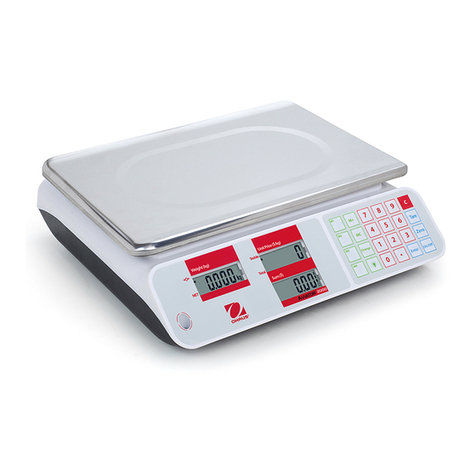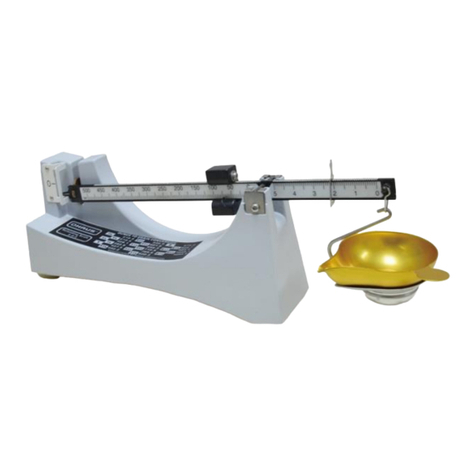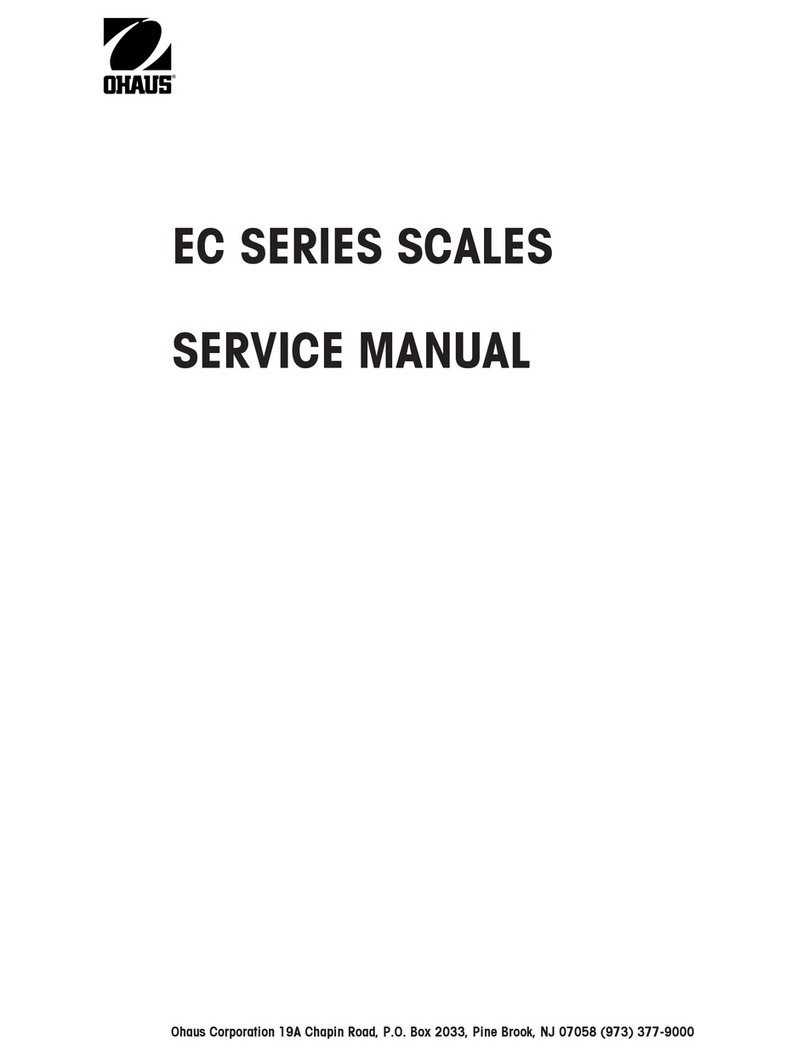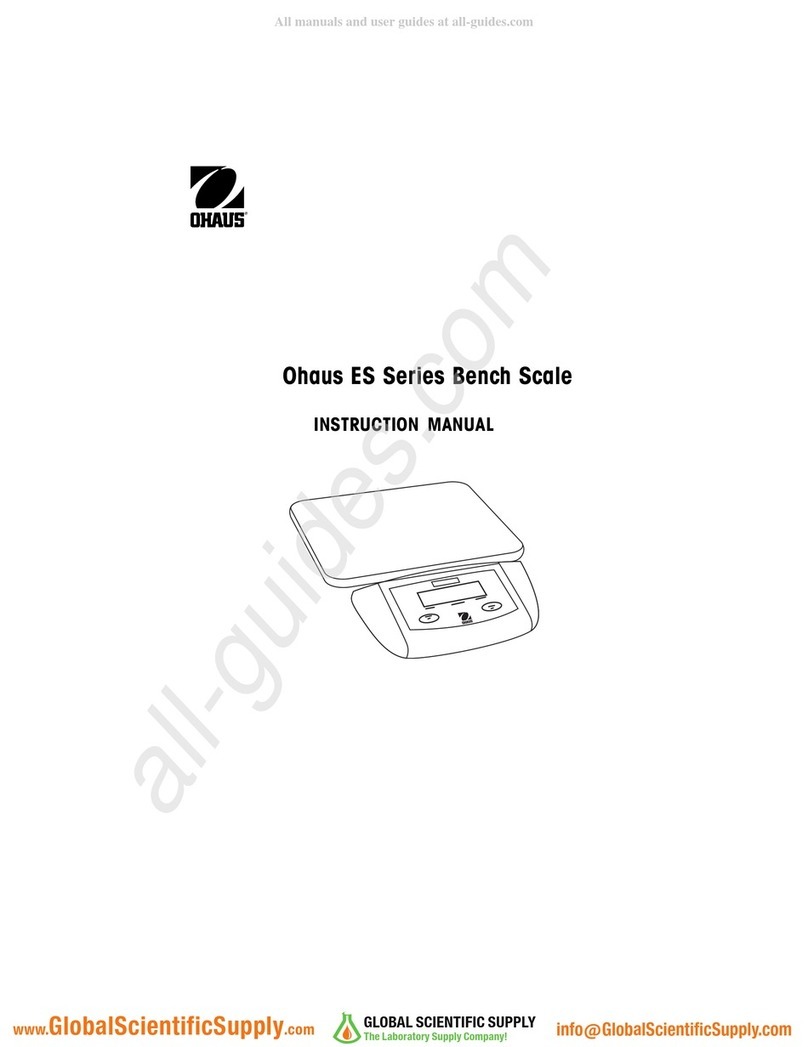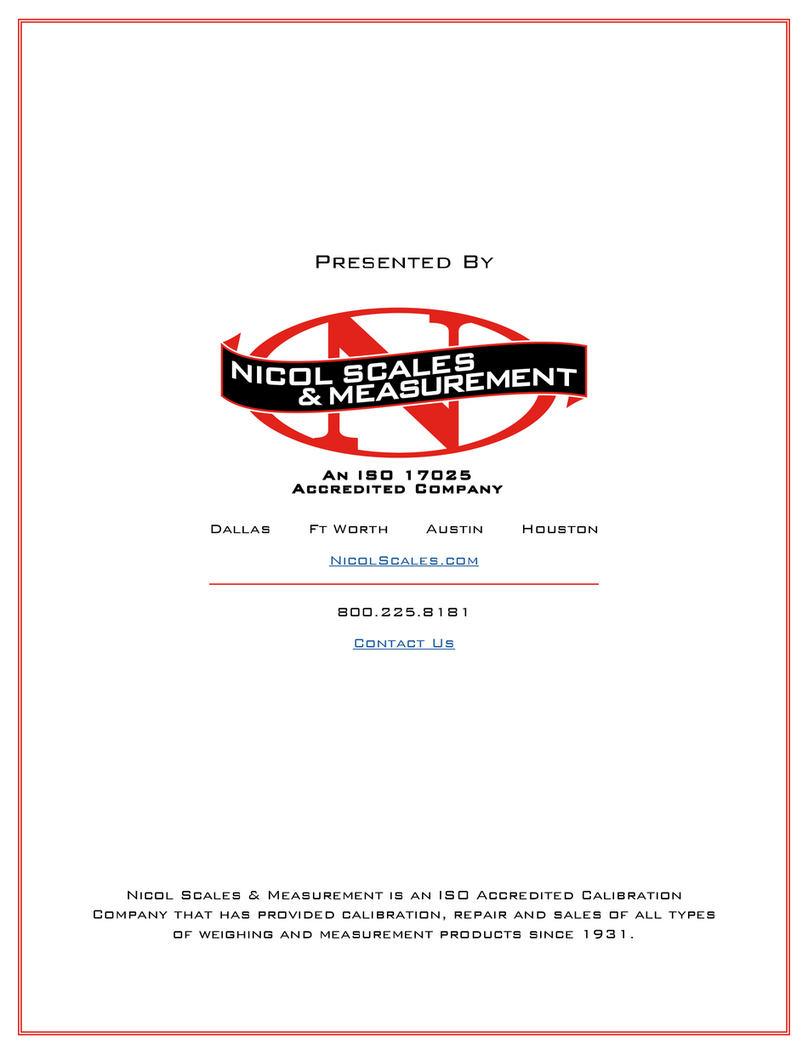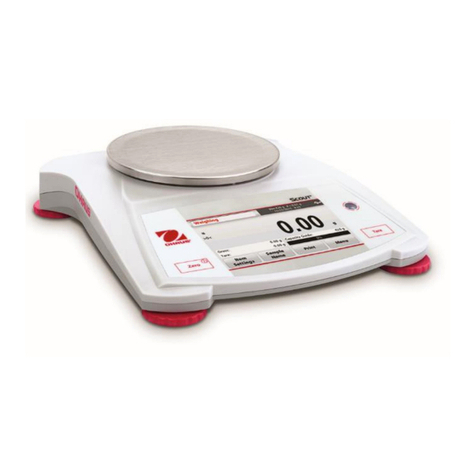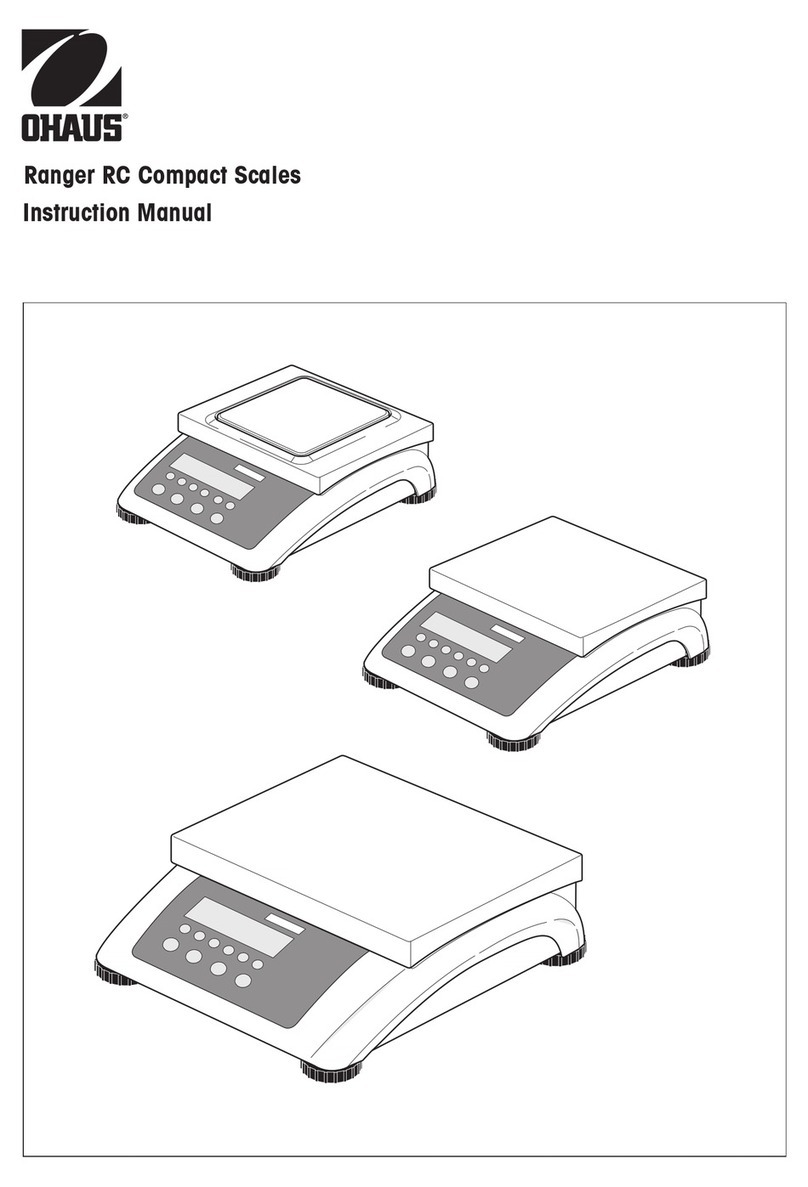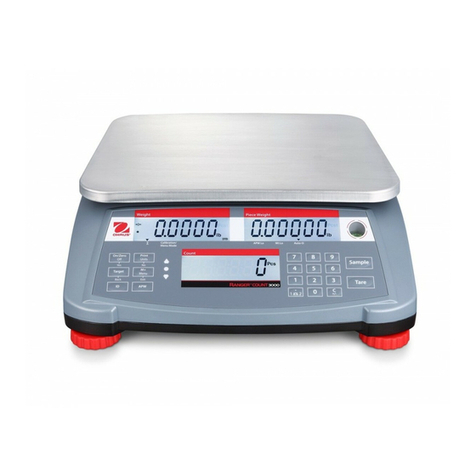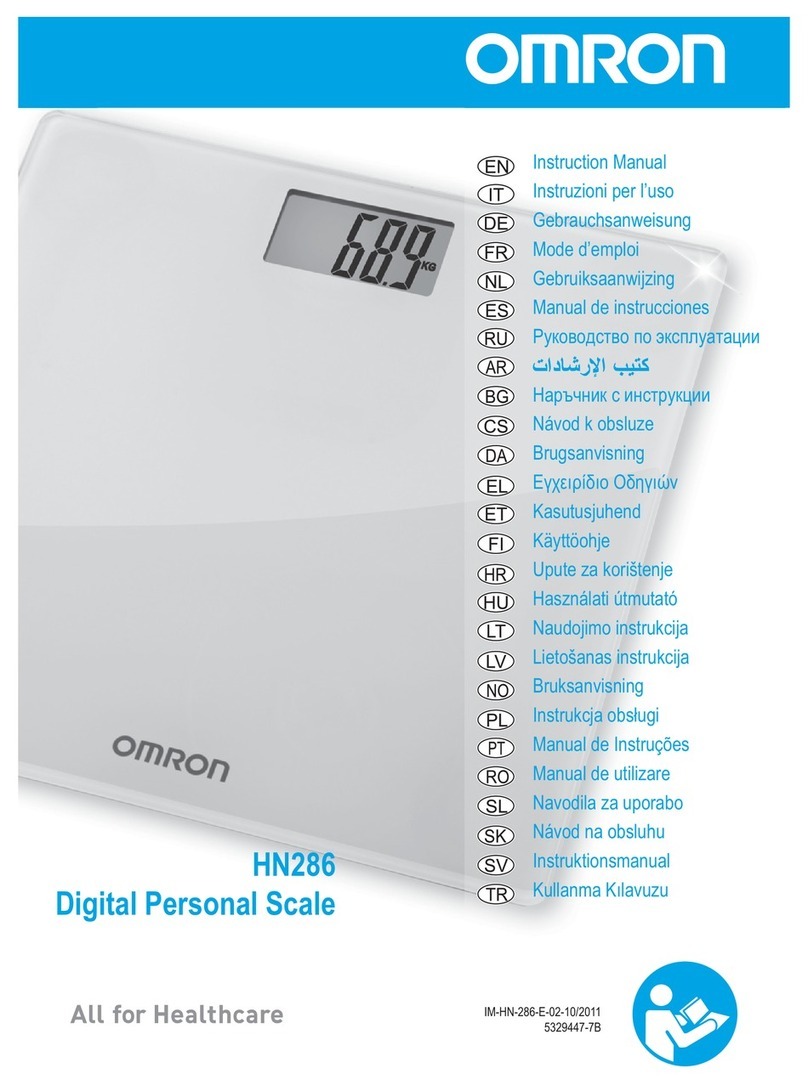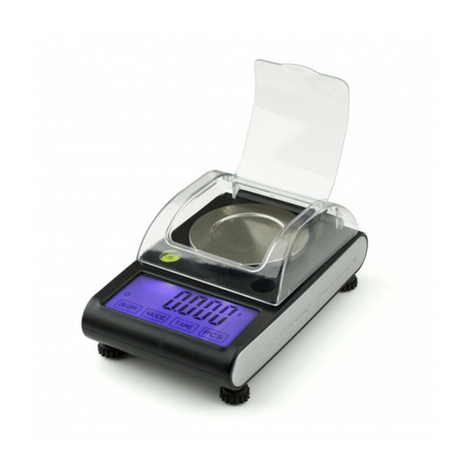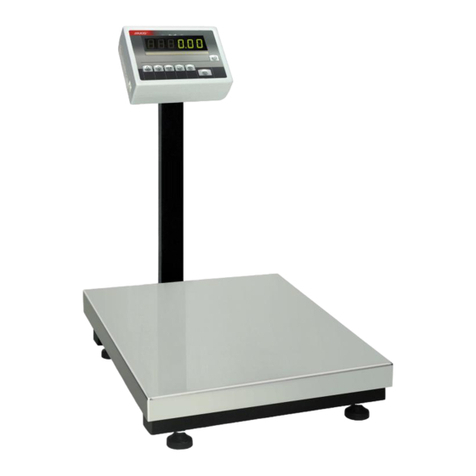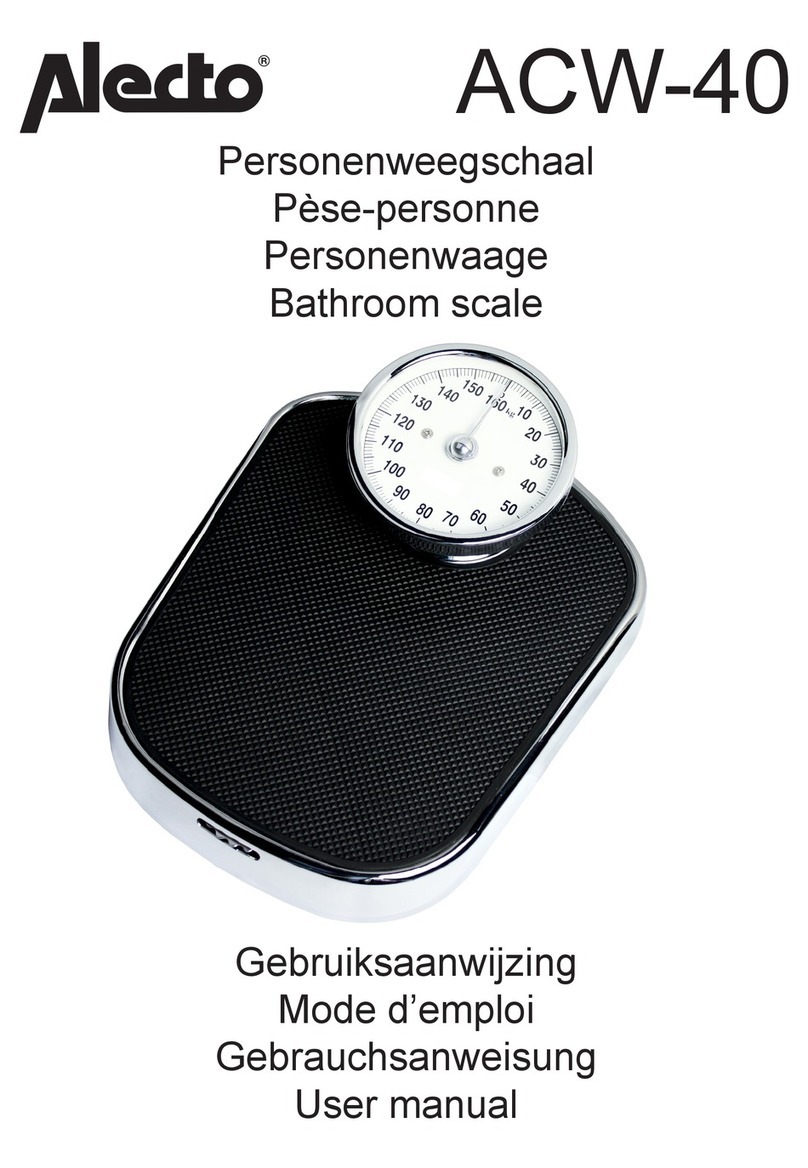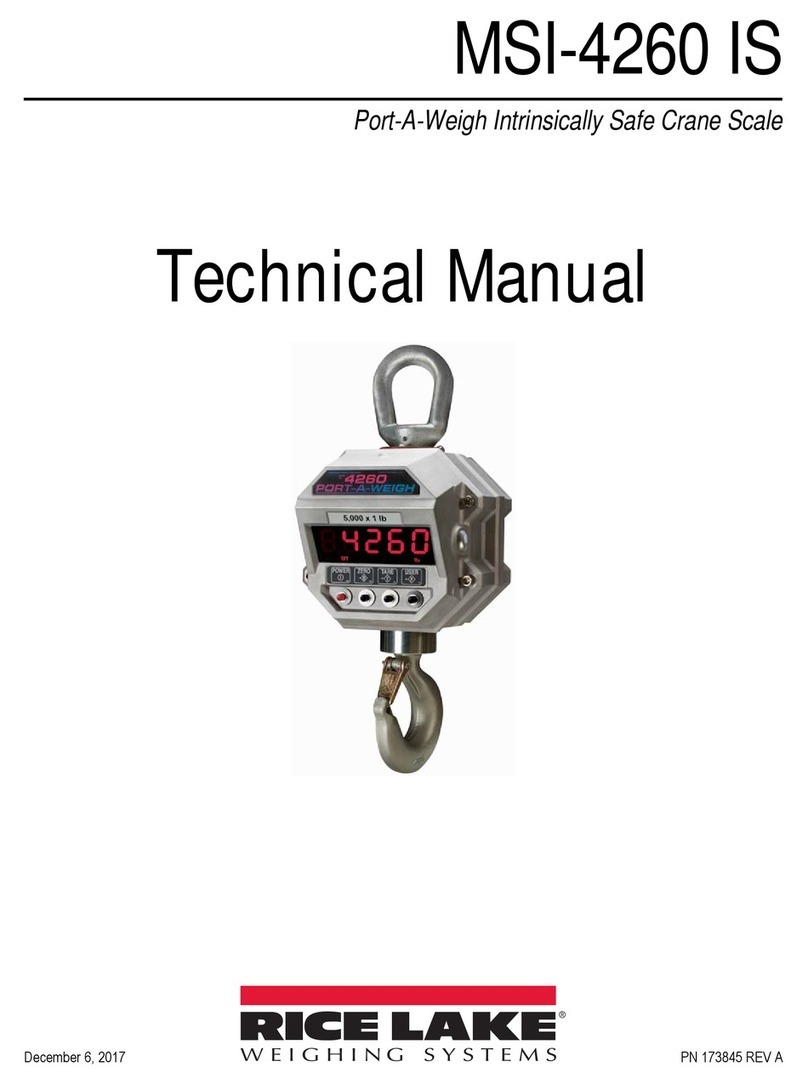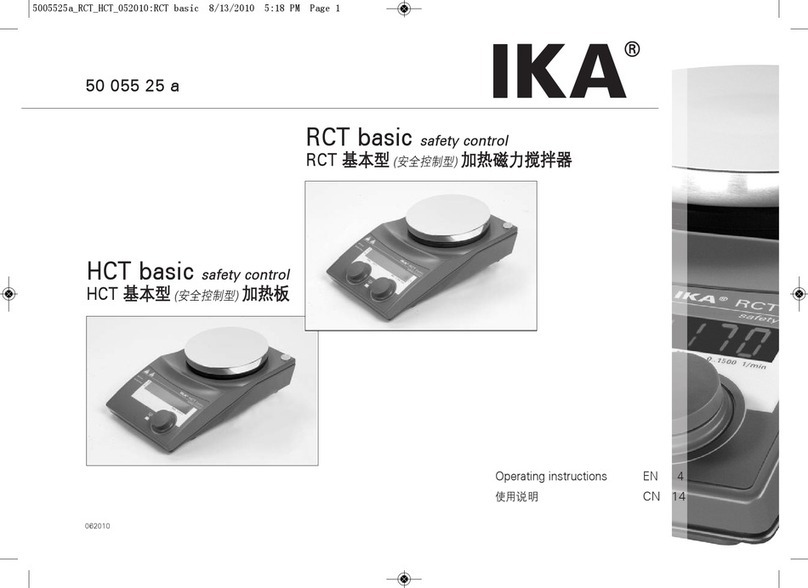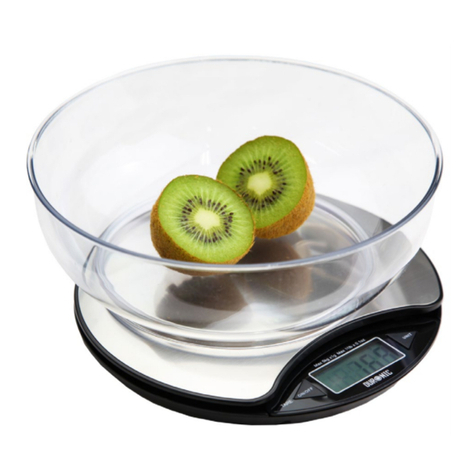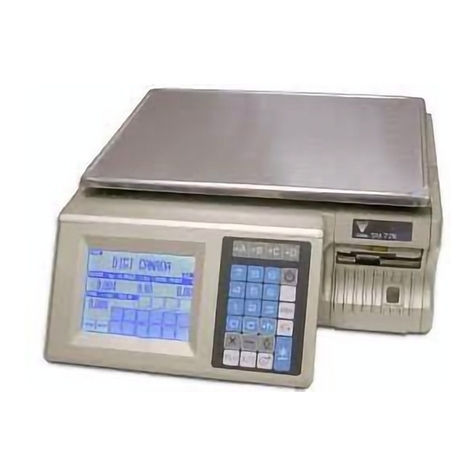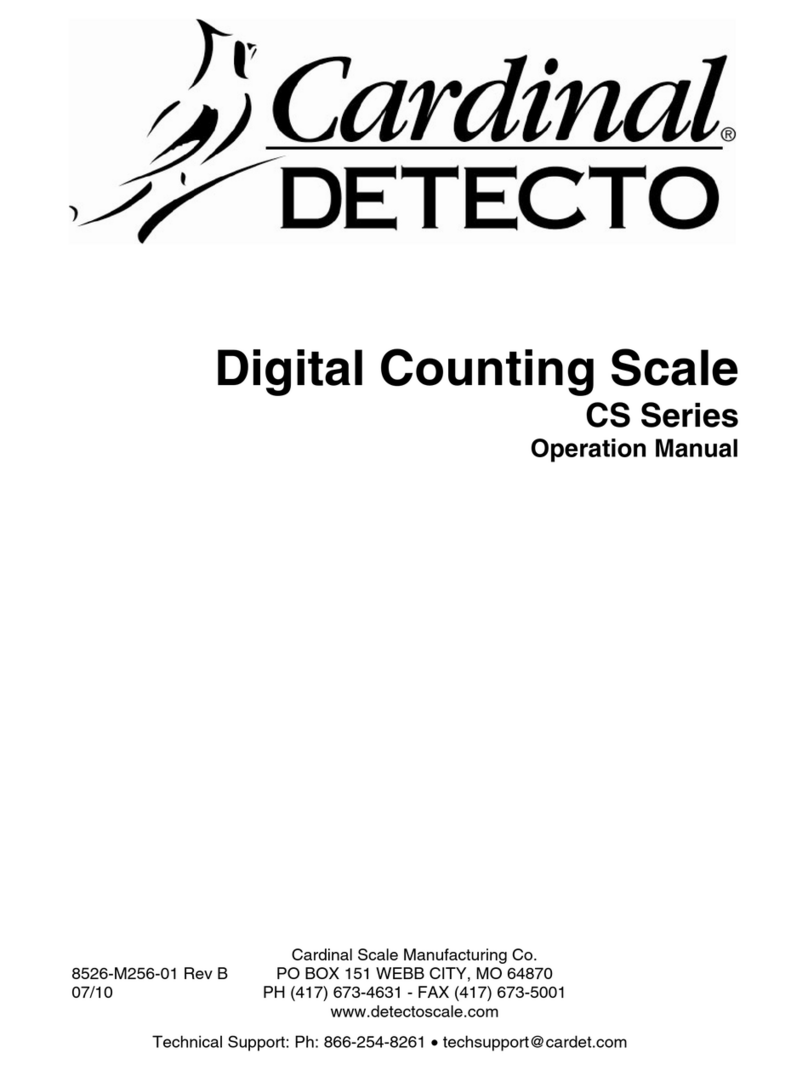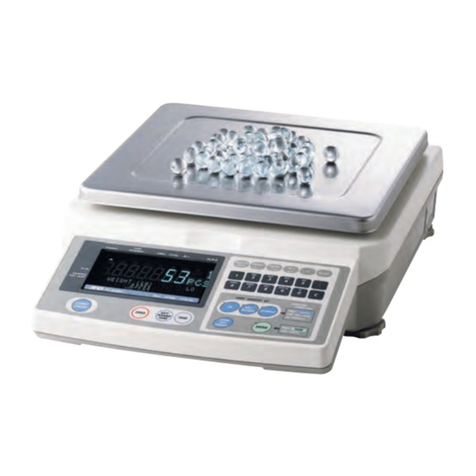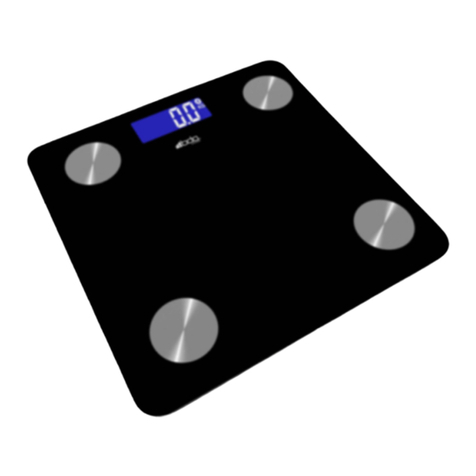
Ohaus Corporation, 29 Hanover Road, Florham Park, New Jersey, 07932, USA
Declaration of Conformity We, Ohaus Corporation, declare under our sole responsibility that the balance models listed below
marked with “CE” - are in conformity with the directives and standards mentioned.
Konformitätserkärung Wir, die Ohaus Corporation, erklären in alleiniger Verantwortung, dass die untenstehenden
Waagentypen, gekennzeichnet mit “CE” - mit den genannten Richtlinien und Normen übereinstimmen.
Déclaration de conformité Nous, Ohaus Corporation, déclarons sous notre seule responsabilité, que les types de balance ci-
dessous cité - munis de la mention «CE» - sont conformes aux directives et aux normes mentionnées ci-après.
Declaración de Conformidad Nosotros, Ohaus Corporation, declaramos bajo responsabilidad exclusiva que los modelos de
balanzas indicados a continuación - con el distintivo ,CE’ - están conformes con las directivas y normas citadas.
Dichiarazione di conformità Noi, Ohaus Corporation, U.S.A, dichiariamo sotto nostra unica responsabilità, che i tipi di bilance
specificati di seguito - contrassegnati con la marcatura “CE” - sono conformi alle direttive e norme citate.
Balance Type/Waagentyp/Type de balance/Tipo de balanza/Tipo di bilancia Ranger Scale
Marked with: Directive Standard
gekennzeichnet mit: Richtlinie Norm
munis de la mention: Directive Norme
con el distintivo: Directiva Norma
contrassegnati con la Direttiva Norma
marcatura:
EU 73/23/EEC Low Voltage EN61010-1:1993 + A2: 1995 Safety Regulations
EU 73/23/EEC Niederspannung EN61010-1:1993 + A2: 1995 Sicherheitsbestimmungen
EU 73/23/EEC Basse tension EN61010-1:1993 + A2: 1995 Consignes de sécurité
EU 73/23/EEC Baja tensión EN61010-1:1993 + A2: 1995 Disposiciones sobreseguridad
EU 73/23/EECBassatensione
EN61010-1:1993 + A2: 1995 Prescrizioni di sicurezza
EU 89/336/EEC EN55011: 1991 (class B) Emissions; EN61000-3-2
Electromagnetic compatibility EN50082-2:1995 Immunity; EN61000-3-3
EU 89/336/EEC EN55011: 1991 (class B) Funkstörungen; EN61000-3-2
elektromagnetische Verträglichkeit EN50082-2:1995 Immunität; EN61000-3-3
EU 89/336/EEC EN55011: 1991 (class B) Emissions parasites; EN61000-3-2
Compatibilité électromagnétique EN50082-2:1995 Immunité; EN61000-3-3
EU 89/336/EEC EN55011: 1991 (class B) Radiointerferencias; EN61000-3-2
Compatibilidad electromagnética EN50082-2:1995 Inmunidad; EN61000-3-3
EU 89/336/EEC EN55011: 1991 (class B) Radiointerferenze; EN61000-3-2
Compatibilità elettromagnetica EN50082-2:1995 Immunità; EN61000-3-3
Year of
attachment of
the CE mark
Jahr der ersten
Eichung
Année de la
premère
vérification
Año de la
primera
verificación
annodella
prima verifica
ISO9001Registrationfor Ohaus Corporation. OhausCorporation,USA,wasexaminedand evaluatedin1994bythe BureauVeritasQuality International,
BVQI,andwasawardedISO9001registration. ThiscertifiesthatOhausCorporation,USA,hasaqualitysystemthatconformswiththeinternationalstandardsforquality
managementandqualityassurance(ISO9000series). RepeatauditsarecarriedoutbyBVQIatintervalstocheckthatthequalitysystemisoperatedinthepropermanner.
ISO9001-Zertifikat für OhausCorporation. Die FirmaOhausCorporation,USA, wurde1994durch dasBureauVeritasQuality InternationalBVQIgeprüft,und
erhieltdasISO9001Zertifikat. Diesesbescheinigt,dassOhausCorporation,USAübereinQualitätssystemverfügt,welchesdeninternationalenNormenfür
QualitätsmanagementundQualitátssicherung(ISO9000er-Reihe)entspricht. Anlässlich vonWiederhol-AuditsdurchdasBVQI wirdperiodischüberprüft,obdas
Qualitätssystemzweckmässiggehandhabtwird.
Certificat ISO 9001pour Ohaus Corporation. LasociétéOhaus Corporation,USA,aété contrôléeen1994par BureauVeritasQualityInternationalBVQIeta
obtenulecertificat,degréISO9001. Celui-ciattestequeOhausCorporation,USA,disposed’unsystèmequalitécorrespondant auxnormesinternationalespourlagestion
delaqualitéetpourI’assurancequalité(degréISO9000). DesauditsrégulierseffectuésparlaBVQIvérifientsilesystèmequalitéestappliquédefaconappropriée.
Certificado ISO 9001para Ohaus Corporation. Lafirma OhausCorporation,USA, hasidoinspeccionadaporlaBureauVeritasQualityInternational(BVQI)y
haobtenidoelcertificadoISO9001. Esto acreditaque OhausCorporation,USA,disponede unsistemadecalidadque cumplelas normasinternacionalesparagestión
ygarantfadecalidad(ISOserie9000). ConocasióndelasinspeccionesderepetibilidadporpartedelaBVQI,secompruebaperiódicamentesielsistemadecalidadse
manipuladeformacorrecta.
CertificatoISO 9001per laOhaus Corporation. llsistemadigaranziadellaqualitàdellaSocietàOhausCorporation,USAè certificatoISO9001sindal 1994dal
BureauVeritasQualityInternationalBVQI,ecosìfomisceladimostrazionecheilsuosistemadiGaranziaQualitàsoddisfaimassimirequisiti.VerificheperiodichedelBVQI
garantisconoche il sistema qualit
àopera correttamente.
00
122 M
1) applies only to certified balances/scale
1) 1)
EU 90/384 NAWI EN45501:1992 Non Automatic Weighing Instruments
EU 90/384 FNSW EN45501:1992 Für nicht selbsttätige Waagen
EU 90/384 BFNA EN45501:1992 Balances à fonctionnement non automatique
EU 90/384 PBNA EN45501:1992 Para balanzas no automátäcas
EU 90/384 BFNA EN45501:1992 Per bilance a funzionamento non automatics

